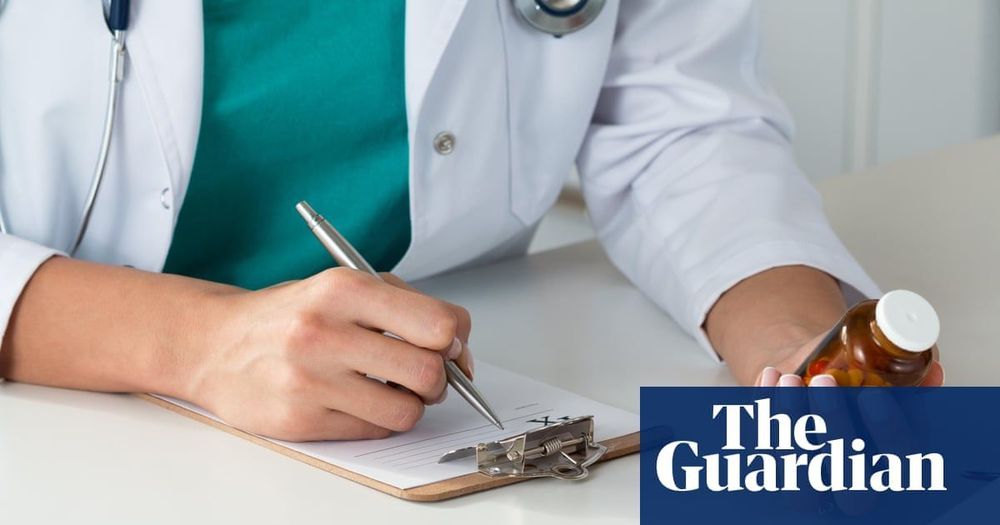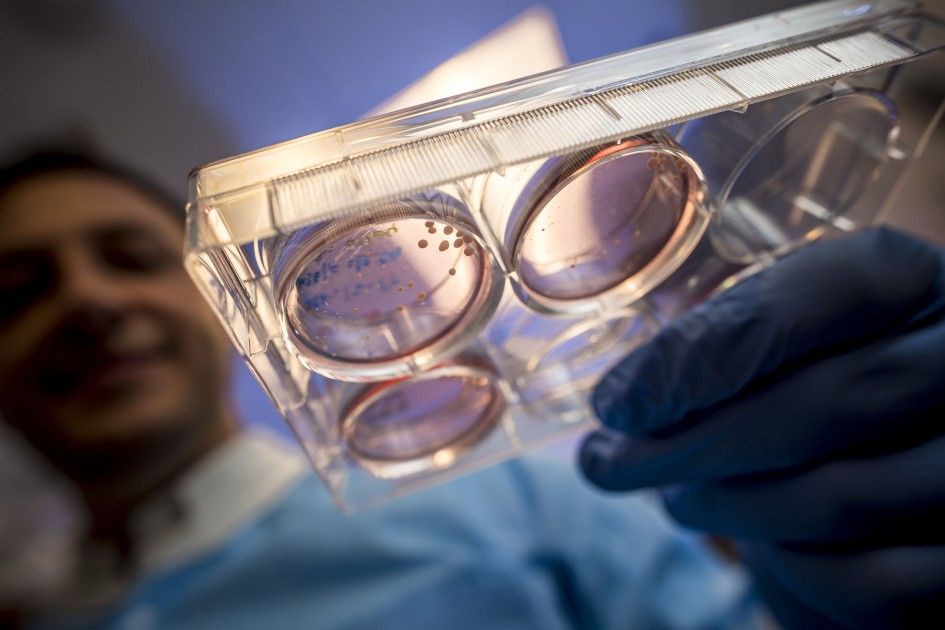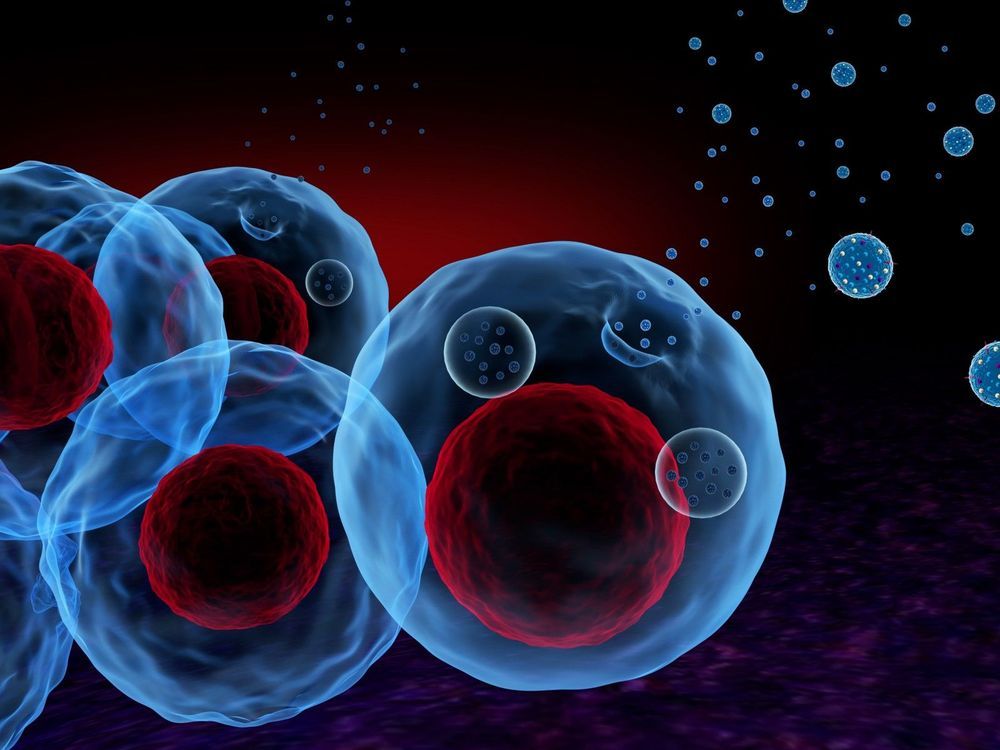It’s true that dogs demand a lot from their owners—but they also offer a lot in return.

Are you on the fence about getting a dog? Worried that he’ll pee on the carpet or chew the furniture? Well, he might—at least at first. But he’ll also add so much joy and love to your life. And the benefits of having a dog don’t stop at him being adorable and snuggly; according to a growing body of science, dogs can be good for your physical and mental health, too. Here’s what the research has to say:








